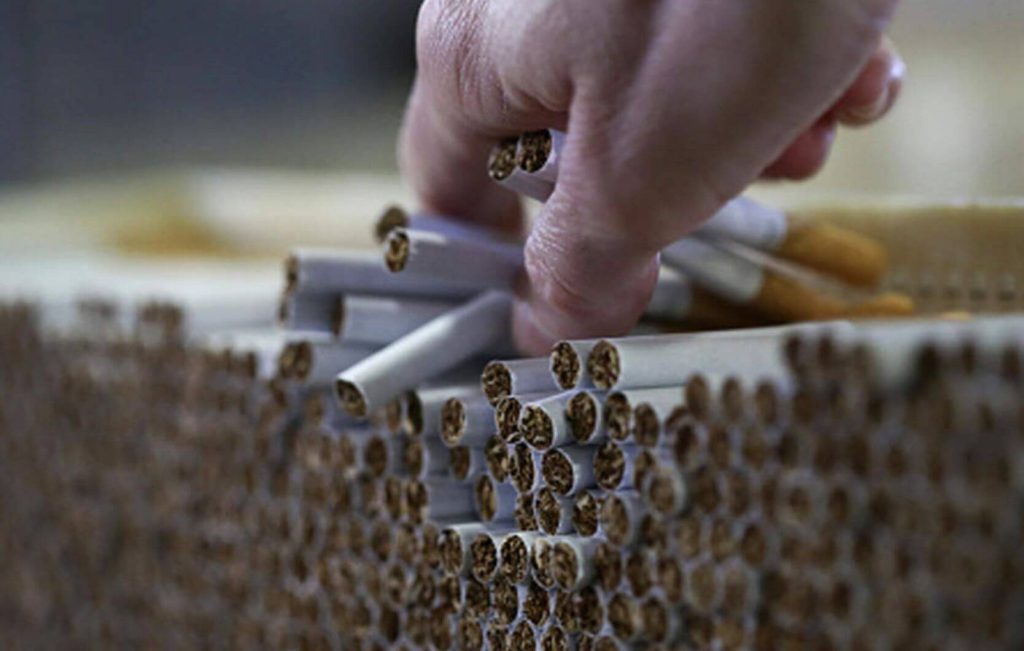
Tobacco manufacturing is a complex and fascinating process that has been around for centuries. From the cultivation of tobacco plants to the production of cigars and cigarettes, the industry has a rich history and culture that is worth exploring.
The History of Tobacco Manufacturing
Tobacco has been cultivated and used for thousands of years, with evidence of tobacco use dating back to ancient civilizations in the Americas. The first commercial tobacco cultivation in the United States began in the early 1600s, and by the 1800s, tobacco had become a major cash crop in many parts of the world. Today, tobacco is grown in over 100 countries, with China, Brazil, and India being the largest producers.
The Science of Tobacco Cultivation
Tobacco cultivation requires specific conditions and practices to ensure a successful crop. The soil must be prepared, and the plants must be irrigated, fertilized, and protected from pests and diseases. The tobacco plants must also be harvested and cured properly to ensure the highest quality leaves.
Soil Preparation
Tobacco plants require well-drained soil with a pH between 6.0 and 6.5. The soil must also be rich in nutrients, particularly nitrogen, phosphorus, and potassium. Before planting, the soil is plowed, tilled, and fertilized to ensure optimal growing conditions.
Planting
Tobacco seeds are planted in seedbeds and grown for several weeks before being transplanted to the field. The seedlings are spaced out in rows to allow for proper growth and development.
Irrigation and Fertilization
Tobacco plants require regular irrigation and fertilization to ensure healthy growth. The plants are typically irrigated using drip irrigation systems, which conserve water and reduce the risk of disease. Fertilizers are applied to the soil throughout the growing season to provide the plants with the necessary nutrients.
Pest and Disease Control
Tobacco plants are susceptible to a variety of pests and diseases, including aphids, tobacco hornworms, and black shank disease. To protect the plants, farmers use a variety of methods, including insecticides, fungicides, and crop rotation.
Harvesting
Tobacco leaves are harvested when they reach maturity, which typically occurs 60-90 days after planting. The leaves are harvested by hand or machine and sorted by size and quality.
Curing
Tobacco leaves must be cured to remove moisture and preserve the flavor and aroma. The leaves are typically cured using one of three methods: air-curing, flue-curing, or fire-curing.
Cutting and Drying
After curing, the tobacco leaves are cut and dried to remove any remaining moisture. The leaves are then sorted by size and quality.
Flavoring and Blending
Tobacco leaves are often flavored and blended to create unique flavors and aromas. Flavorings can include natural and artificial flavors, such as vanilla, chocolate, and fruit.
Rolling and Packaging
Tobacco leaves are rolled and packaged to create various tobacco products, such as cigarettes, cigars, and chewing tobacco. The products are typically packaged in boxes or pouches and sold to consumers.
The Challenges of Tobacco Manufacturing
Tobacco manufacturing faces a number of challenges, including health concerns, environmental impact, and labor issues. The industry has come under scrutiny in recent years for its impact on public health and the environment.
The Ethics of Tobacco Manufacturing
Tobacco manufacturing companies must balance profit and responsibility, taking into account the impact of their products on public health and the environment. Many companies have implemented corporate social responsibility programs to address these concerns.
Conclusion
Tobacco manufacturing is a complex and fascinating industry that has been around for centuries. From the cultivation of tobacco plants to the production of various tobacco products, the industry has a rich history and culture that is worth exploring. However, the industry also faces a number of challenges and ethical concerns that must be addressed. By understanding the science and history of tobacco manufacturing, we can better appreciate the impact of this industry on our world.
Statistics:
Tobacco manufacturing is a multi-billion dollar industry that has a significant impact on the global economy. According to the World Health Organization, the global tobacco market was worth over $800 billion in 2019. China, the United States, and Brazil are the largest producers of tobacco in the world.
Books:
- Tobacco: A Cultural History of How an Exotic Plant Seduced Civilization by Iain Gately
- Tobacco: A Reference Handbook by David E. Newton
- Tobacco: A Global Threat by World Health Organization
- The Cigarette Century: The Rise, Fall, and Deadly Persistence of the Product That Defined America by Allan M. Brandt
- The Tobacco Atlas by Michael Eriksen and Judith Mackay